Amazing Astronomy: Victorian-Era Illustrations of the Heavens
Jovial Jupiter
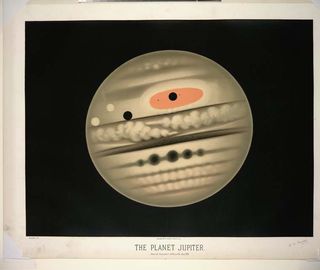
A chromolithograph of the planet Jupiter, observed Nov. 1, 1880, at 9:30 p.m. The piece of art reveals Jupiter's Great Red Spot, akin to a hurricane on Earth, which has been raging on the planet for hundreds of years.
Tangle of Sunspots
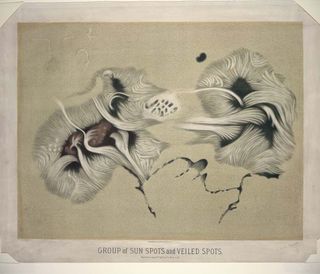
A group of sunspots and veiled spots observed on June 17, 1875 at 7:30 a.m. Sunspots are magnetic regions on the sun, which appear in images as dark spots and whose magnetic field strengths thousands of times stronger than Earth's magnetic field.
Aurora Borealis
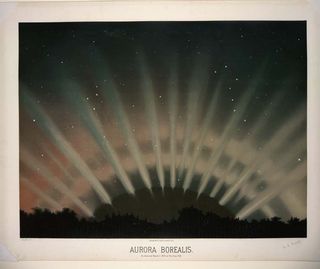
Aurora borealis as observed March 1, 1872, at 9:25 p.m. Glowing lights that seem to dance across the sky, the aurora borealis occurs when charged particles from the sun enter our atmosphere, smashing into the gases there and releases energy in the form of light. Depending on the gas molecule involved in the smash-up, the lights take on different colors. For instance, a common color, pale yellowish-green, is produced by collisions with oxygen molecules, while blue or purplish-red result from crashes with nitrogen molecules, according to the Northern Lights Center in Canada. They are called aurora borealis in the Northern Hemisphere and aurora australis in the Southern Hemisphere.
Orion's Nebula
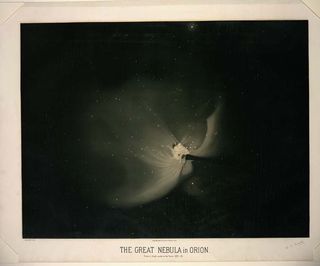
The great nebula in Orion produced from a study made in the years 1875-1876.
Moon Mare
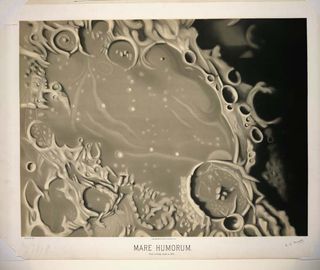
Mare Humorum is a small circular mare, spanning about 275 miles (443 kilometers), on the near side of the moon. Shown here is Trouvelot's artwork of the mare based on a study in 1875. It is about 275 miles across. The mountains around the mare mark the edge of an old impact basin, according to NASA.
The Red Planet
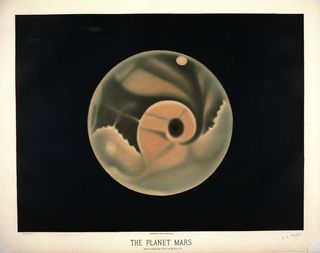
The planet Mars observed Sept. 3, 1877, at 11:55 p.m.
Shooting Stars
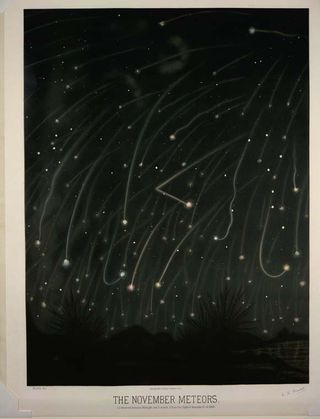
The November meteors, as observed between midnight and 5 a.m. on the night of Nov. 13-14 1868.
Sign up for the Live Science daily newsletter now
Get the world’s most fascinating discoveries delivered straight to your inbox.
Sun Loops
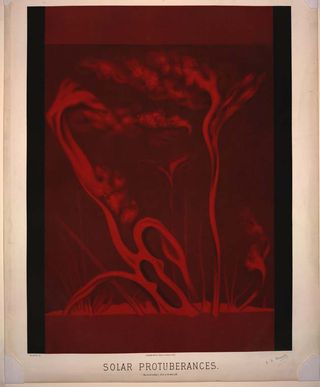
Solar protuberances, as observed on May 5, 1873, at 9:40 a.m. These structures form from the gases of the sun's outer atmosphere called the corona. They have lower temperatures compared with the surrounding environment and can extend millions of miles.
A Great Comet
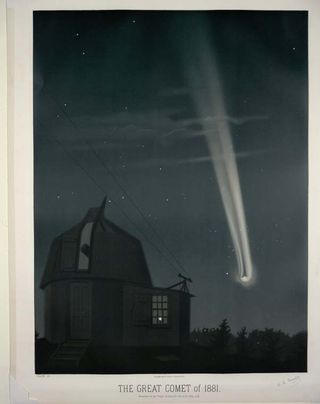
In June 1881, a brilliant comet streaked across the skies of the northern hemisphere. E.L. Trouvelot illustrated the Great Comet of 1881 as he saw it.
Total Eclipse
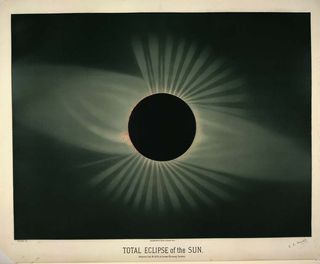
A total eclipse of the sun observed July 29, 1878, at Creston, Wyoming Territory and illustrated by Trouvelot.
Saturn's Stunning Light
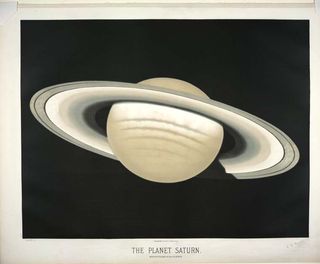
Trouvelot observed Saturn on November 30, 1874 and produced this illustration.
Most Popular




